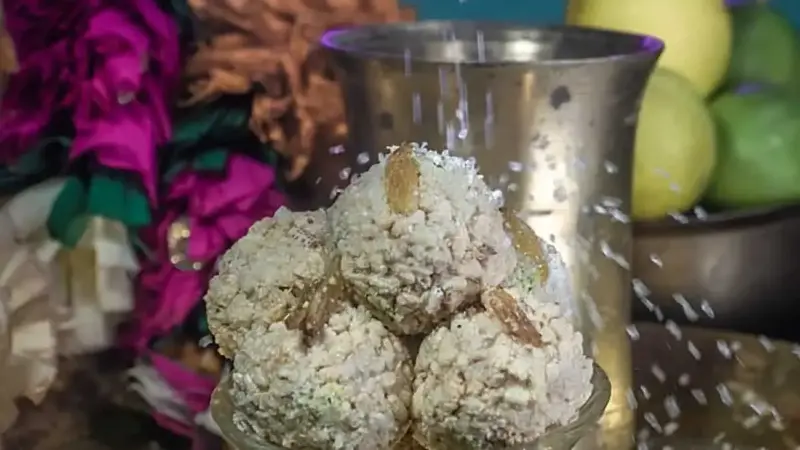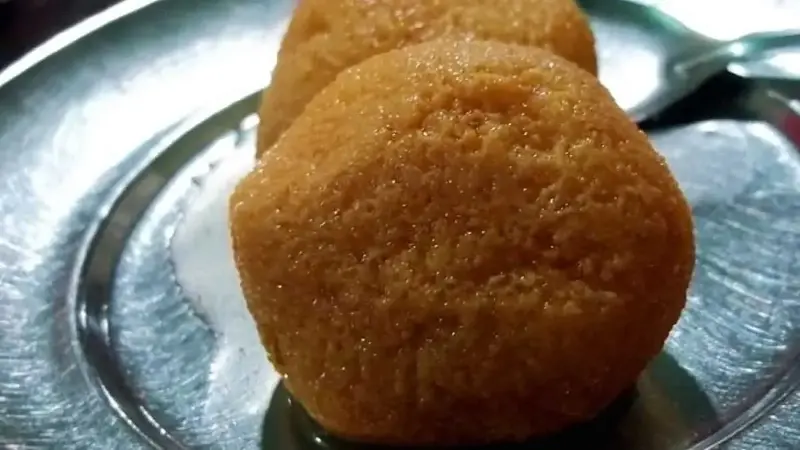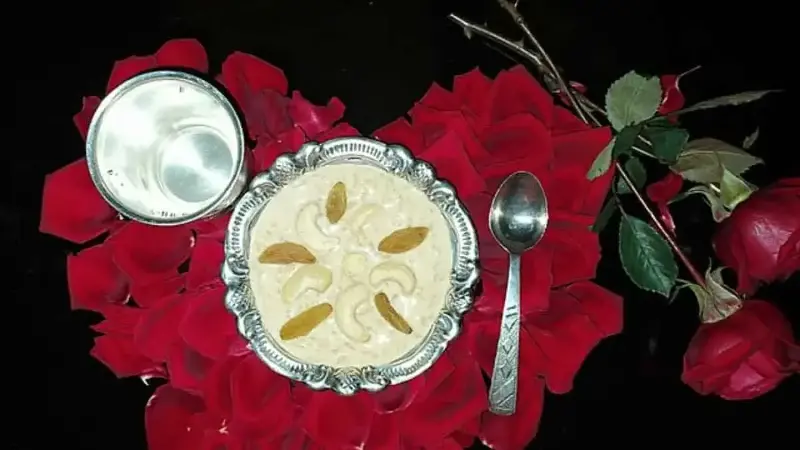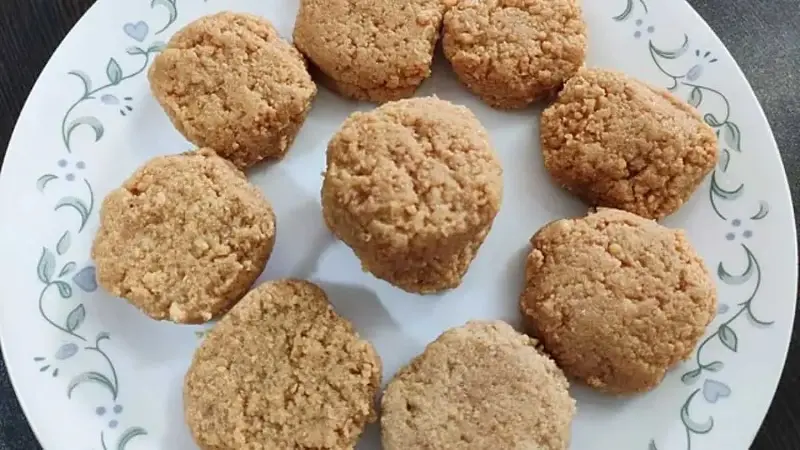The weather is slowly transitioning from warm and humid to pleasant and wintry. Bengal is also gearing up for a lot of festivals and celebrations throughout the remaining months. The most important element, mishti or dessert, takes centre stage with seasonal ingredients like nolen gur and patali gur. It is infused into desserts like sandesh, roshogolla, payesh, naru, pithe and more.

Winter is approaching, and with it Bengal's pride, nolen gur. Nolen gur, also known as palm jaggery, is unlike any other jaggery. Bengali confections use nolen gur in the existing desserts that the state is known for. Modern Indian cuisine is said to have originated in Bengal. Although some may find the claim unsettling, it is undeniable that Bengal offers some of India's finest desserts. These sweets surely prove that Bengal and its people are the sweetest ever. The reason is simple, everyone starts and ends their day on a sweet note with the following:
Joynagar Moa
During winter, the sweet shops in Bengal are crowded and bustling with activity, drawing crowds to indulge in native delicacies. Among these, the famous moa of Joynagar stands out as a hot favourite. Without this sweet, a meal feels incomplete and dry. As a winter delicacy, moa is something very fragile and soft, but at the same time, it melts in your mouth! The puffed rice balls filled with gur and flavours of cardamom and dry fruits are exported and ordered by Bengalis across the globe every winter.

Image Credit: Wikimedia Commons
Dudh Puli Pithe
Puli, also called rice flour dumplings, are filled with boiled coconut and cooked in milk to make the well-known Bengali milk-based pudding known as dudh puli. Put simply, ‘puli’ is a dumpling and ‘dudh’ is milk. ‘Dudh puli’ is classified as a pithe. It is very famous in the regions of West Bengal, Odisha, Assam, and the broader Northeast region of India. These communities use date palm jaggery or nolen gur as a sweetener in the desserts because it's a winter speciality. This specific type of jaggery is available in Indian stores as well. You just need to ask for patali gur or nolen gur, or khejur gur.

Image Credit: Wikimedia Commons
Also Read: These 6 Heritage Sweet Shops In Kolkata Are Worth A Visit
Gur Roshogolla
Known for its mouth-watering roshogollas in general, when it’s winter in Bengal, gur-er roshogolla sells out within seconds. Pop a juicy Nolen Gurer Roshogolla while you're in Kolkata. Visit Chittarnjan Mishtana Bhandar, who has spent 115 years at the top of their game. The store is among the 71 authorised retailers in the city to offer this Bengali GI product. The aroma of fresh milk and a hint of sweetness permeate every bite. It’s really fascinating how a sponge-like texture, when dipped in nolen gur and then placed on your tongue, just melts away.

Image Credit: Wikimedia Commons
Gur Payesh
From sandesh, roshogolla, or mishti doi to more mishti like sitabhog, lobongo-lotika, and chanar jalebi, Bengali sweets are celebrated across India. Bengalis have a deep-rooted love for sweets. The delightful nuances of gur-er payesh are uniquely distinct yet wonderfully familiar, and deserve a spotlight— not just for Bengalis but for anyone with a penchant for a sweet surprise. In Bengal, payesh takes centrestage during Janmashtami celebrations, marking the birth of Lord Krishna, and is a beloved treat for birthdays, especially the cherished first birthday ritual, ‘Annaprashan’. In a Bengali household, rice pudding is the foremost dish. It is customary to have this pudding at any auspicious event.

Image Credit: Wikimedia Commons
Nolen Gur Sandesh
Made with sugar and fresh cottage cheese or chana, sandesh also has its own variants in Bengal from season to season. With winters and nolen gur in the market, nolen gur sandesh has to be a selling item. This wonderful dessert is produced by combining freshly made chenna, nolen gur, and different flavouring agents. After that, the mixture is shaped into a range of sizes and shapes to create a visually appealing dessert. Every sweet, from the sweet mango sandesh to the rich nolen gurer sandesh, delivers a distinct flavour that will leave you wanting more.

Image Credit: Wikimedia Commons
